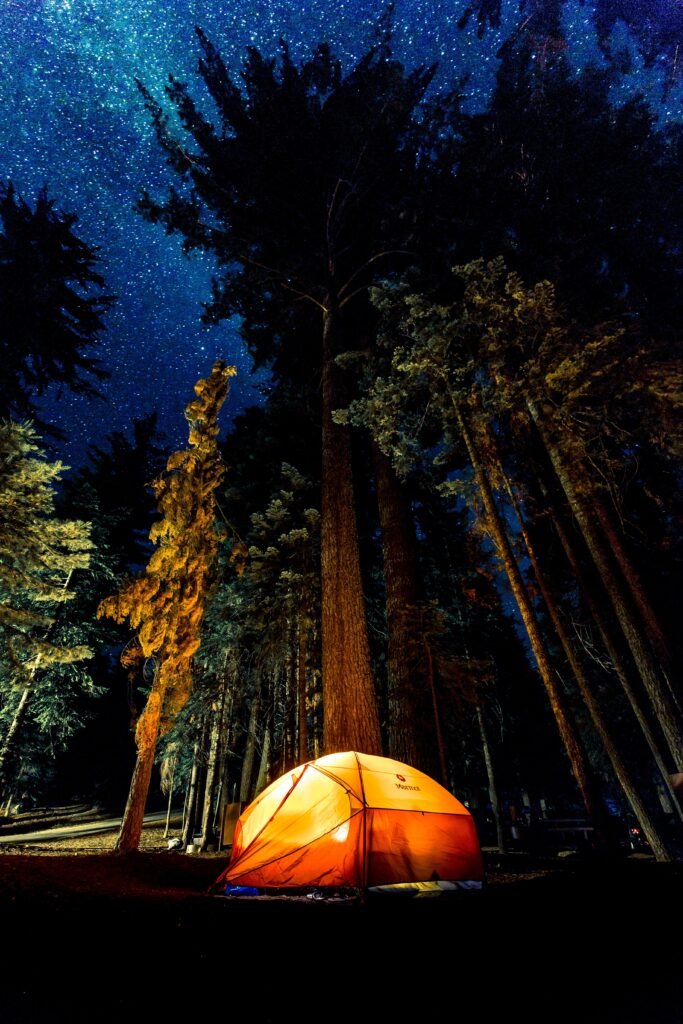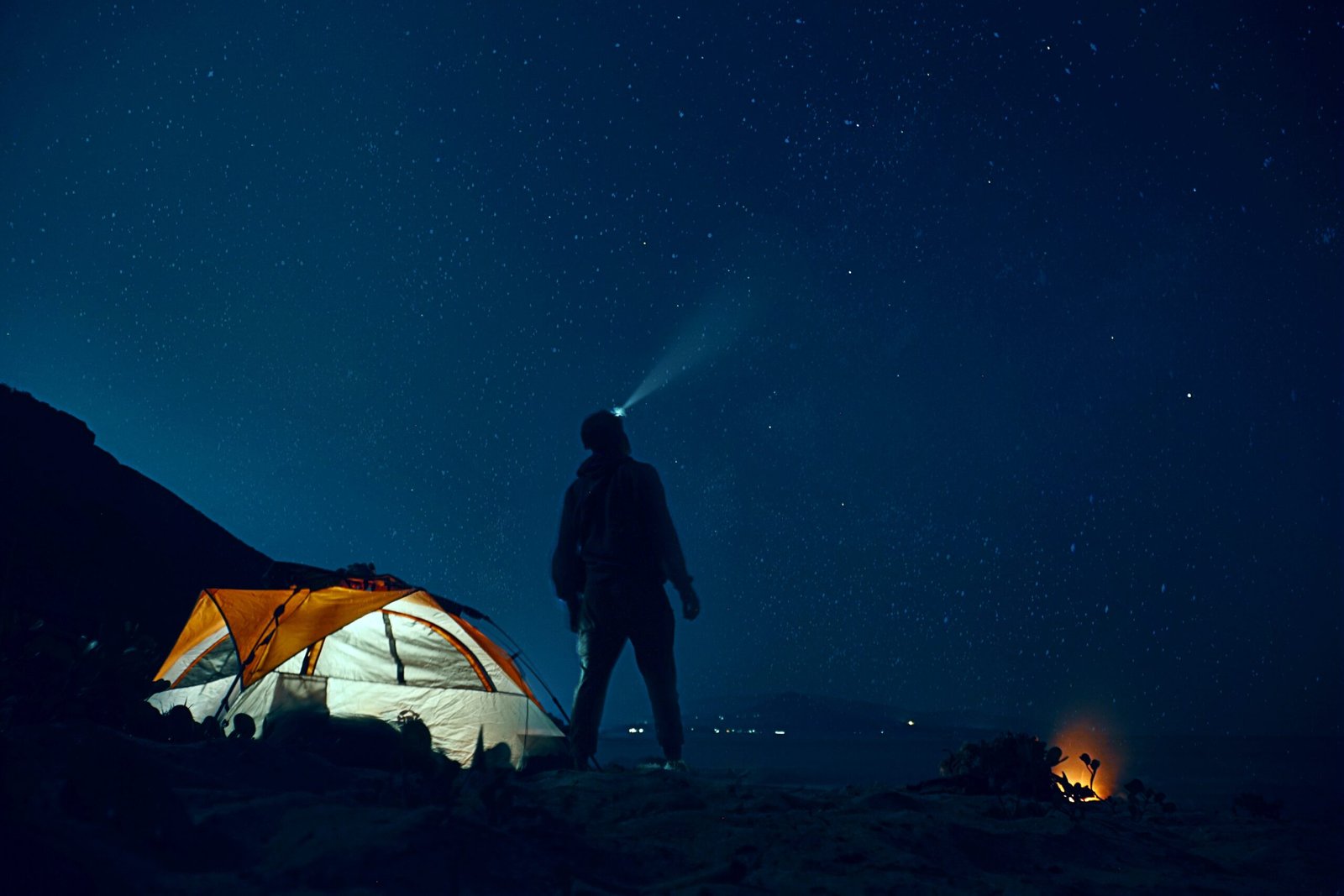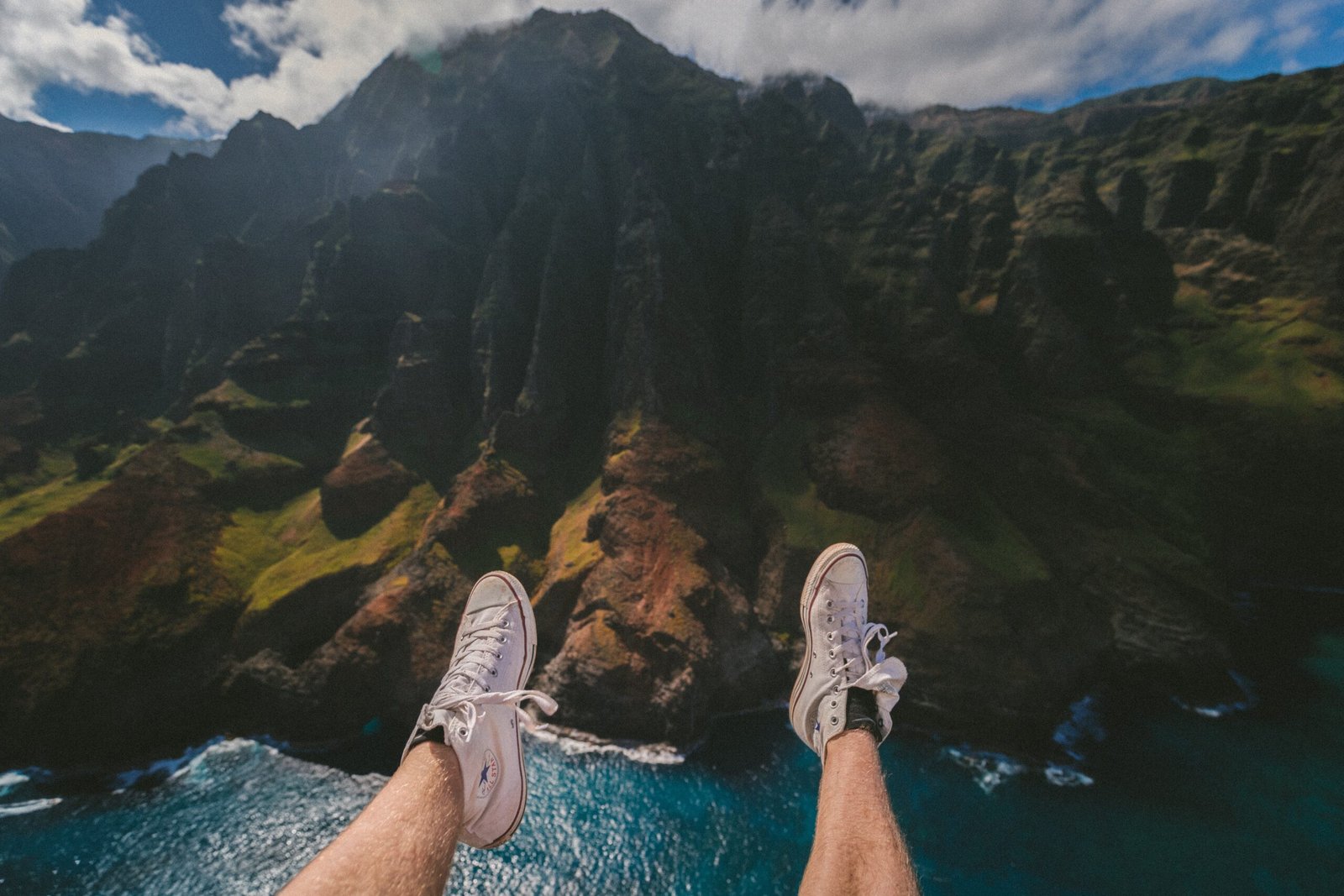Imagine escaping the hustle and bustle of city life, venturing into the great outdoors and finding solace in the simplicity of nature. Now, imagine doing this while flying under the radar, without attracting attention or disturbing fellow campers. This is the essence of stealth camping. It’s a unique and thrilling way to experience the wilderness without the constraints of traditional campgrounds. In this article, we’ll explore what stealth camping is all about and how you can embark on your own adventurous journey. So, grab your gear and let’s dive into the world of stealth camping!
What is Stealth Camping
Definition of Stealth Camping
Stealth camping refers to the act of camping in an area without getting noticed or drawing attention to oneself. It involves finding a suitable location to set up a temporary campsite, often in urban or non-designated areas, where camping is not normally permitted. The goal of stealth camping is to enjoy the experience of camping in unconventional places while maintaining a low profile and minimizing any impact on the surroundings.
Origins of Stealth Camping
The origins of stealth camping can be traced back to the early days of outdoor exploration and adventures. Explorers and pioneers often had to camp in undisclosed locations to avoid detection by hostile forces or to remain hidden during their expeditions. Over time, this concept has evolved, and modern-day adventurers have embraced the idea of stealth camping as a way to seek unique experiences and escape the constraints of traditional campinggrounds.

Purpose of Stealth Camping
The purpose of stealth camping varies from person to person. For some, it is a means to disconnect from the hustle and bustle of daily life and connect with nature on a deeper level. It offers a sense of freedom and adventure, allowing individuals to camp in unconventional places and embrace the element of surprise. Stealth camping also presents an opportunity to explore off-the-beaten-path areas that are not typically accessible through regular camping methods, providing a sense of exclusivity and solitude.
Benefits of Stealth Camping
Stealth camping offers numerous benefits for outdoor enthusiasts looking to expand their camping horizons. One of the main advantages is the ability to camp in unique and remote locations that are not crowded with other campers. This allows for a more intimate and immersive experience with nature, as you can truly escape the noise and distractions of traditional campgrounds. Additionally, stealth camping can be more cost-effective, as it often does not require reservation fees or campground expenses. It also fosters a greater sense of self-sufficiency and resourcefulness, as campers must rely on their own skills to find suitable campsites and ensure their comfort and safety.
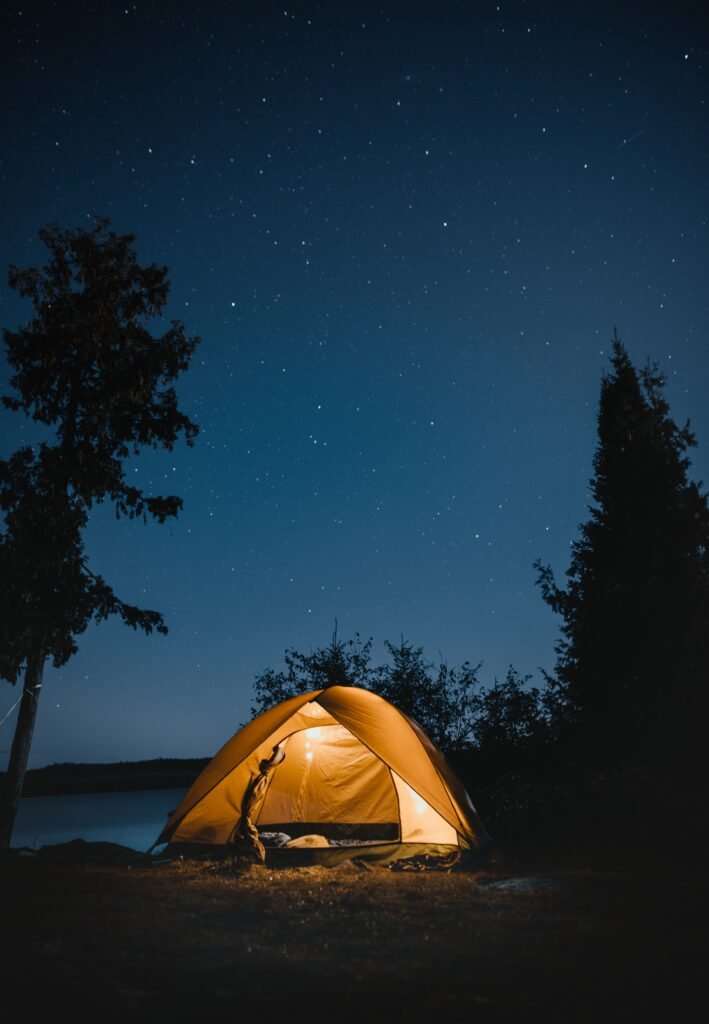
Challenges of Stealth Camping
While stealth camping offers exciting opportunities, it does come with its fair share of challenges. One of the main hurdles is finding suitable locations to camp. Since stealth camping involves staying in areas where camping is not typically allowed, campers must exercise caution and consideration for the environment and local regulations. Another challenge is the lack of amenities and facilities that are readily available in designated campgrounds. Campers must come prepared with essential equipment and supplies to ensure their comfort and safety. Lastly, there is always the risk of getting caught or facing legal consequences for stealth camping in restricted areas, which can vary depending on local laws and regulations.
Popular Stealth Camping Locations
Stealth camping can be done in various locations depending on personal preferences and circumstances. Urban areas, such as parks, forests, and even cityscapes, can offer unique opportunities for stealth camping. Wilderness areas, remote trails, and public lands also provide secluded spots for those seeking a more rugged camping experience. It’s important to research and plan ahead to find suitable areas that align with your desired camping experience while being mindful of any legal restrictions or environmental concerns.

Legal Considerations for Stealth Camping
When engaging in stealth camping, it is crucial to be aware of the legal considerations and regulations that may apply. Camping regulations can vary widely between jurisdictions, so it is important to research the specific laws and guidelines of the area you plan to camp in. Some areas may have restrictions on camping in non-designated locations, while others may require permits or have specific rules regarding wilderness camping. Respecting these regulations helps ensure the sustainability and preservation of natural areas and prevents any potential legal issues.
Tips for Successful Stealth Camping
To maximize the enjoyment and success of your stealth camping adventures, consider the following tips:
- Research and Plan: Familiarize yourself with the area you plan to camp in, including potential camping spots, regulations, and local conditions.
- Travel Light: Opt for lightweight and compact camping gear to make it easier to find suitable campsites and minimize your impact on the surroundings.
- Be Discreet: Practice Leave No Trace principles and avoid leaving any traces of your presence. Practice noise and light discipline to remain unnoticed.
- Blend In: Choose clothing and camping equipment that blend in with the environment, helping you to go unnoticed.
- Leave Early, Arrive Late: Plan your arrival and departure times to minimize the chances of encountering other people or authorities.
- Stay Flexible: Be prepared to adapt your camping plans if circumstances change or if you encounter issues with your chosen location.
- Safety First: Prioritize your safety by informing someone about your camping plans, carrying essential safety equipment, and being aware of potential hazards and risks.
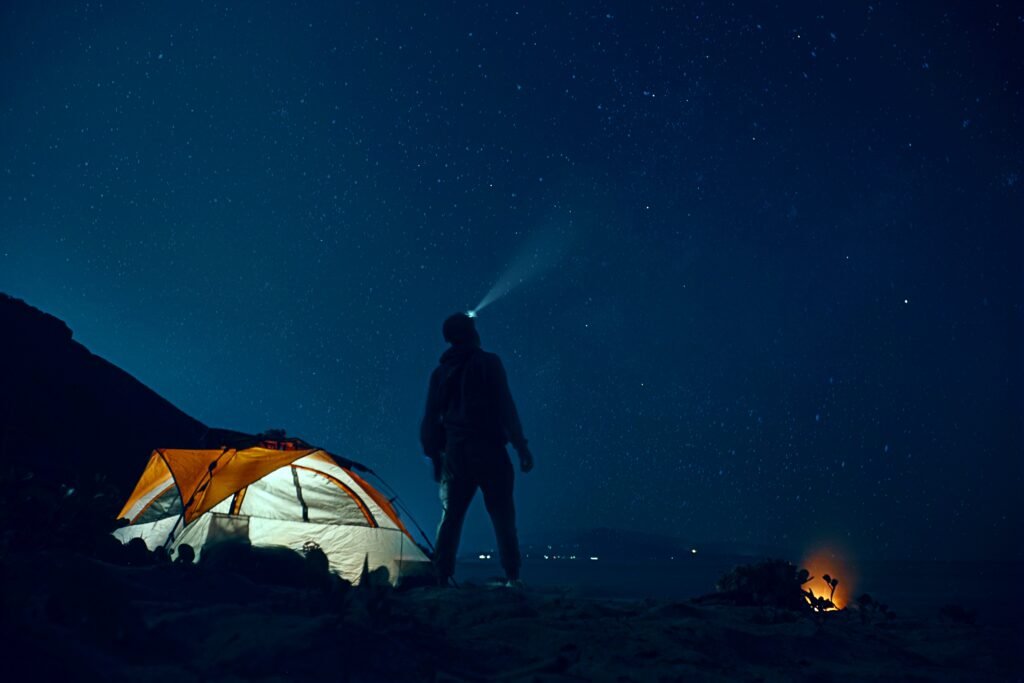
Gear and Equipment for Stealth Camping
Stealth camping requires careful selection of gear and equipment to ensure comfort, safety, and discretion. Here are some essential items that can enhance your stealth camping experience:
- Lightweight Tent or Hammock: Choose a compact and easy-to-set-up shelter that blends in with the environment and offers sufficient protection from the elements.
- Sleeping Bag and Sleeping Pad: Opt for lightweight and packable options that provide insulation and comfort during the night.
- Cooking Gear: Select compact camping stoves or cookware that allow for discreet cooking while minimizing fire and smoke risk.
- Portable Toilet and Hygiene Supplies: Carry a portable toilet system or consider biodegradable options for waste disposal. Pack minimal and eco-friendly hygiene products.
- Lighting Equipment: Use headlamps or lanterns with adjustable brightness to provide sufficient light without drawing attention.
- Maps and Navigation Tools: Have reliable navigation tools, such as maps and a compass, to help you find suitable camping spots and navigate unfamiliar areas.
- Camping Essentials: Pack essential items like a first aid kit, multi-tool, water purification system, insect repellent, and appropriate clothing for varying weather conditions.
Safety Precautions for Stealth Camping
While stealth camping can be an exciting and rewarding experience, it is essential to prioritize your safety. Consider the following safety precautions:
- Research the Area: Understand potential risks, wildlife encounters, and weather conditions before embarking on your stealth camping trip.
- Inform Others: Let a trusted person know about your camping plans, including your expected route and estimated return time.
- Emergency Communication: Carry a reliable means of communication, such as a satellite phone, whistle, or personal locator beacon, in case of emergencies.
- Wildlife Awareness: Learn about local wildlife and how to minimize encounters or respond appropriately if you come across them in their natural habitat.
- Fire Safety: Follow local fire regulations, use designated fire pits if available, and practice safe fire management to prevent accidental wildfires.
- Leave No Trace: Respect the environment and practice Leave No Trace principles by minimizing your impact, picking up trash, and avoiding damaging wildlife habitat.
By being respectful towards the environment, adhering to local regulations, and approaching stealth camping with a responsible mindset, you can enjoy a unique and fulfilling camping experience while minimizing your impact on the surroundings. Remember to always prioritize safety and practice good stewardship of the land, ensuring that future generations can also enjoy the wonders of stealth camping.
